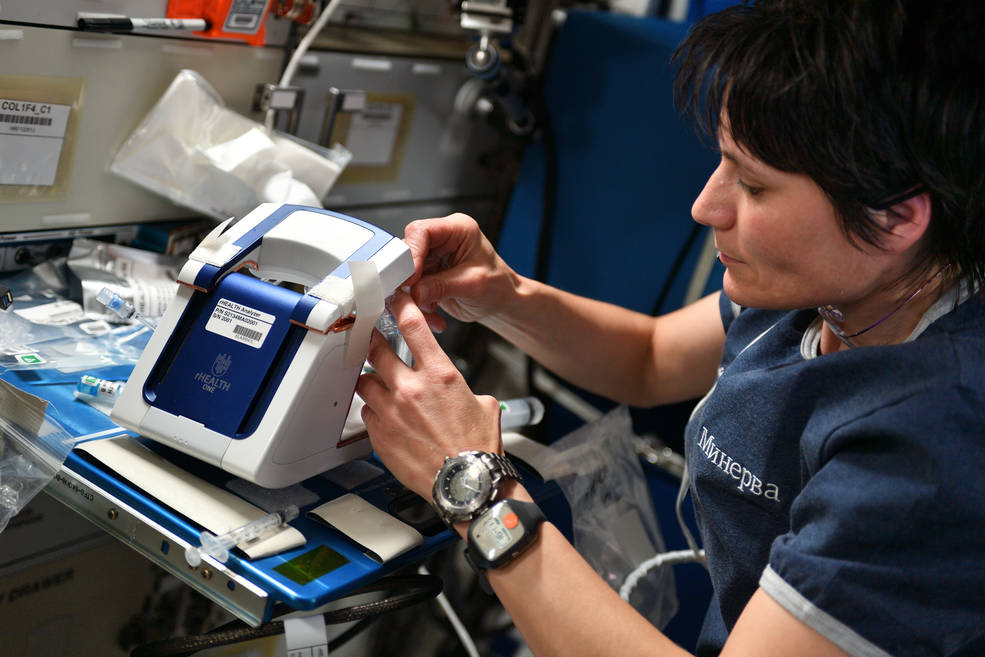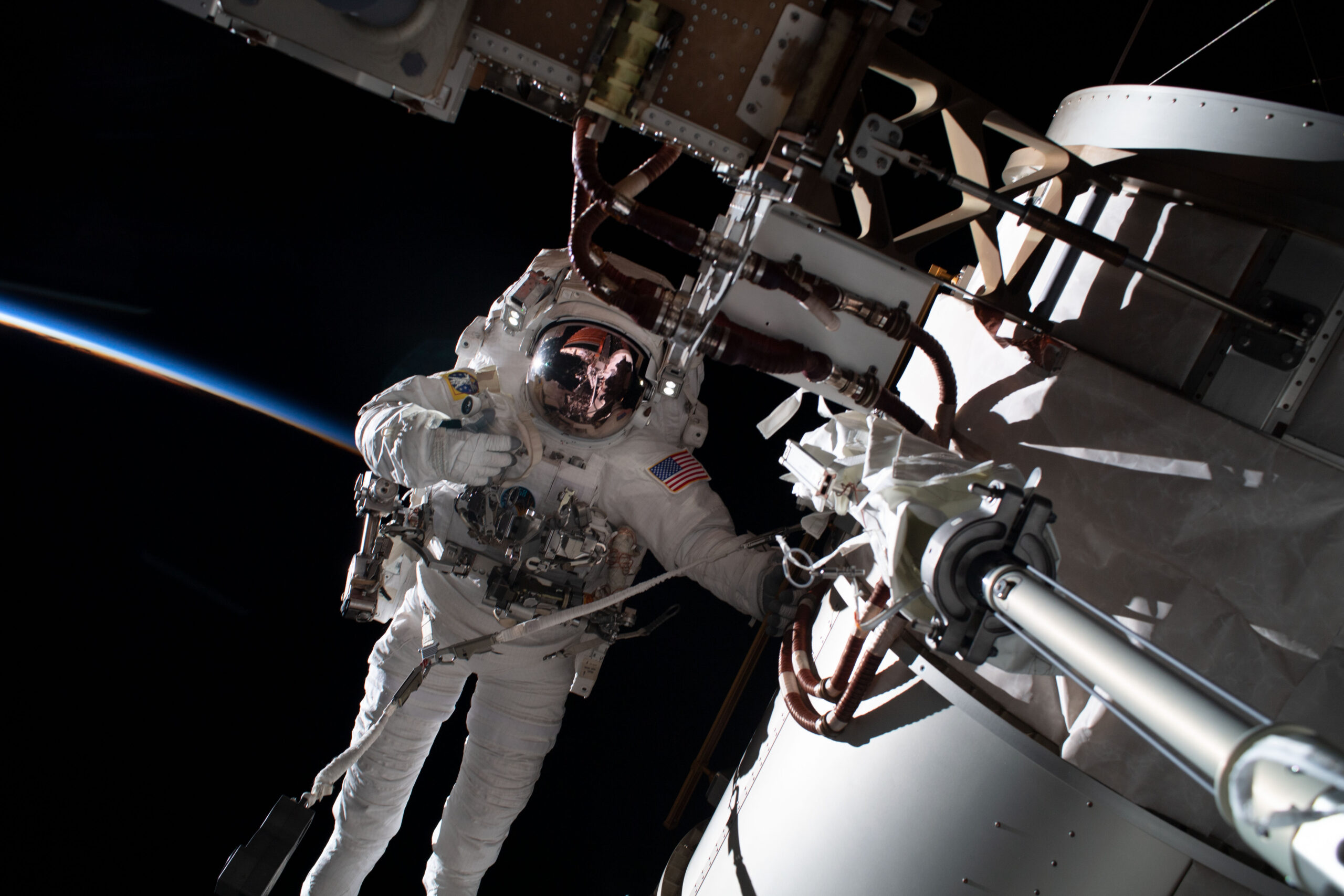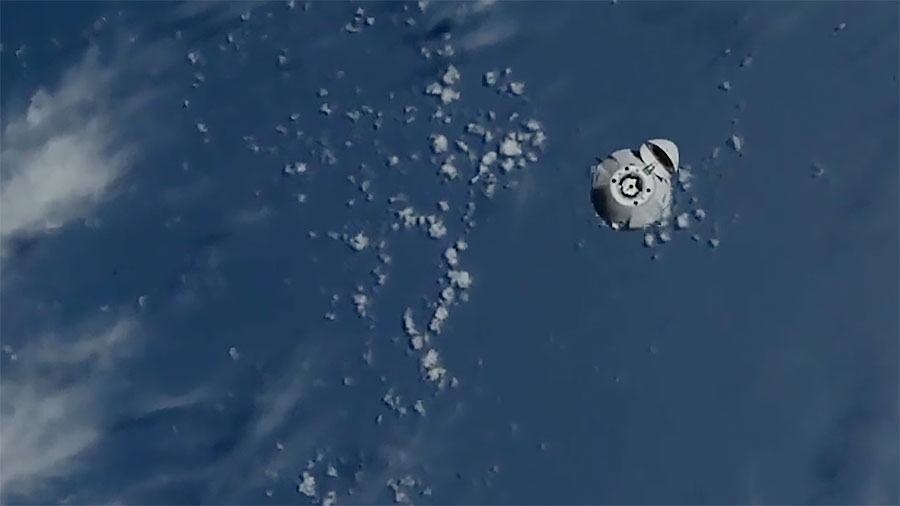
The Expedition 69 crew aboard the International Space Station focused its main research activities on biotechnology on Wednesday. The orbital residents also continued the ongoing maintenance of lab hardware.
Researchers on the ground use the facilities aboard the space station to understand how living in weightlessness affects the human body. Some of the experiments operate remotely or autonomously, for others the astronauts set up and run the experiments, or even act as subjects as NASA and its international partners learn how to sustain crews on future missions to the Moon, Mars, and beyond.
NASA Flight Engineer Jasmin Moghbeli began her day conducting DNA research by analyzing microbe samples collected from the orbital outpost’s potable water dispenser. She used a small commercial DNA sequencing device to identify the samples for the BioMole technology demonstration. BioMole may improve environmental monitoring systems on the station and future spacecraft traveling farther away from Earth.
Moghbeli then assisted JAXA (Japan Aerospace Exploration Agency) astronaut Satoshi Furukawa as he replaced components on the BioFabrication Facility (BFF). The 3D biological printer is testing printing organ-like tissues in microgravity with an eye to manufacturing whole human organs in space in the future.
Flight Engineer Andreas Mogensen of ESA (European Space Agency) continued his human research duties that he began on Tuesday. The two-time station visitor serviced blood samples that had been placed overnight in the Kubik research incubator then stowed the specimens in a science freezer for later analysis. Mogensen is helping doctors learn how microgravity affects cellular immune functions and to monitor the human immune system in space.
NASA Flight Engineer Frank Rubio continued his space physics activities for a second day as he replaced experiment gear inside the Cold Atom Lab. The research device chills atoms to near absolute zero creating almost no motion allowing scientists to study fundamental behaviors and quantum characteristics.
The station’s three cosmonauts turned their attention on Wednesday to the upkeep of hardware in the Roscosmos segment of the orbital lab. Commander Sergey Prokopyev and Flight Engineer Dmitri Petelin spent the day replacing pumps and installing batteries on an Orlan spacesuit. Flight Engineer Konstantin Borisov videotaped himself becoming familiar with and exercising on the advanced resistive exercise device before checking out a laptop computer in the Nauka science module.
Learn more about station activities by following the space station blog, @space_station and @ISS_Research on X, as well as the ISS Facebook and ISS Instagram accounts.
Get weekly video highlights at: https://roundupreads.jsc.nasa.gov/videoupdate/
Get the latest from NASA delivered every week. Subscribe here: www.nasa.gov/subscribe




